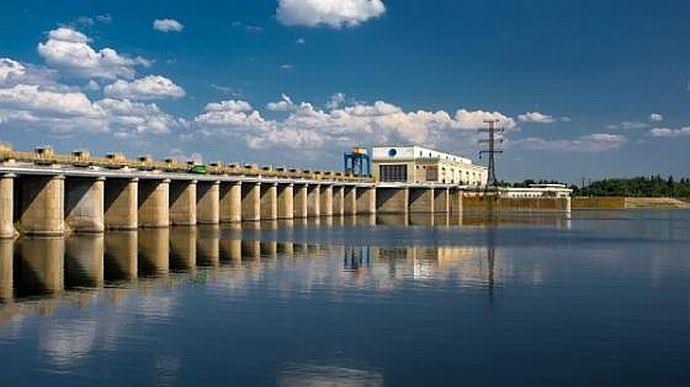Revelation: Ukrainian Forces Conducted Test Strike on Nova Kakhovka Dam Prior to Its Destruction
In the ongoing war between Ukraine and Russia, a startling revelation has come to light regarding the strategic Nova Kakhovka dam, the recent destruction of which has had significant geopolitical repercussions. Maj. Gen. Dmytro Kovalchuk, the commander of Ukraine's Southern Operations Command, recently disclosed that Ukrainian forces conducted

In the ongoing war between Ukraine and Russia, a startling revelation has come to light regarding the strategic Nova Kakhovka dam, the recent destruction of which has had significant geopolitical repercussions.
Maj. Gen. Dmytro Kovalchuk, the commander of Ukraine's Southern Operations Command, recently disclosed that Ukrainian forces conducted a test strike on one of the floodgates at the Nova Kakhovka dam. This action was part of a strategy to obstruct Russian crossings by raising the water level of the Dnieper River.
The plan was ambitious and required careful execution to avoid flooding the neighboring villages. The Ukrainian forces used the U.S.-supplied M142 High Mobility Artillery Rocket Systems (HIMARS) for the strike. Known for its impressive range of 50 miles, the HIMARS had previously been employed to render crucial bridges impassable, thereby severing Russian supply lines.
"There were moments when we turned off their supply lines completely, and they still managed to build crossings," Kovalchuk said. "They managed to replenish ammunition. … It was very difficult."
The strike punctured the dam's metal floodgate, resulting in three holes, but did not cause an overflow of the Dnieper. Although the test strike was successful, Kovalchuk emphasized that such a drastic move was considered a last resort.
This revelation puts the destruction of the Nova Kakhovka dam in a new perspective, underlining the extensive strategic considerations and actions that led up to the catastrophe. Moreover, it also highlights the escalated level of warfare tactics being employed in the conflict, pushing boundaries in both the physical and geopolitical landscapes.
This information is based on and sourced from "Inside the Ukrainian counteroffensive that shocked Putin and reshaped the war" by Isabelle Khurshudyan, Paul Sonne, Serhiy Morgunov, and Kamila Hrabchuk, published in The Washington Post on December 29, 2022.




